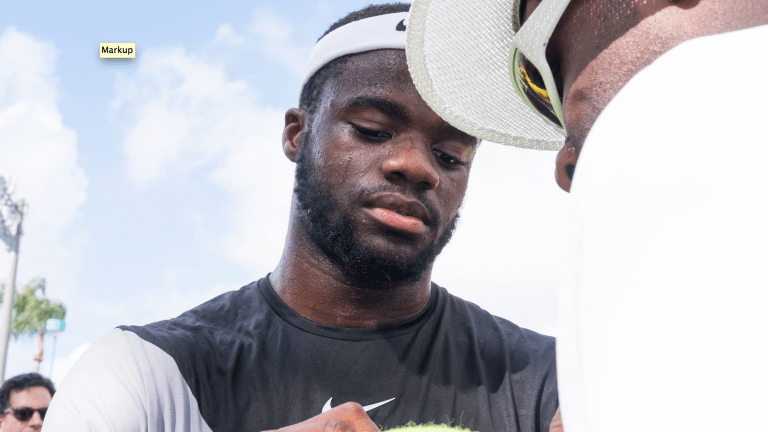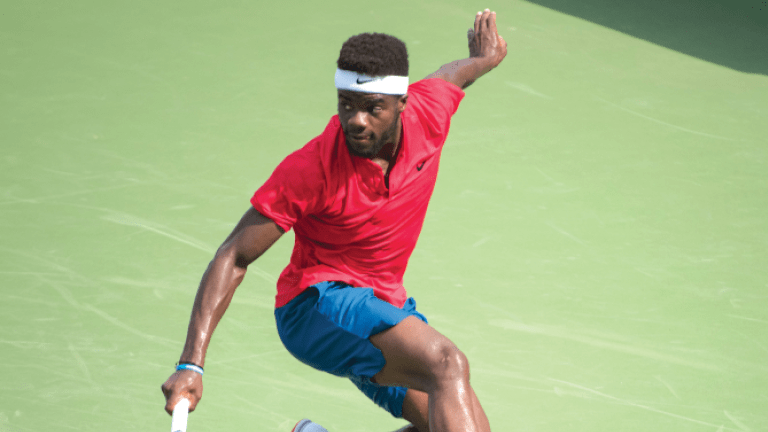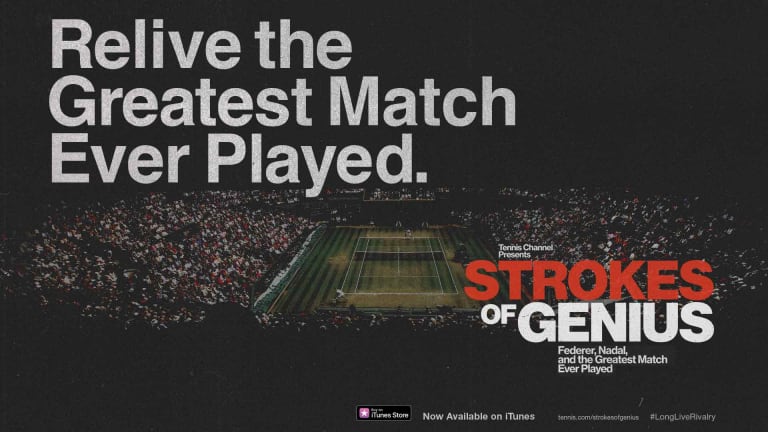Frances Tiafoe is one of the speediest players in the game, but at the start of 2018, he was spinning his wheels.
The 20-year-old Marylander had been highly touted and much covered over the previous five years. To reporters looking for a Cinderella story, and agents looking for a crossover star, the tale of Tiafoe’s beginnings—he learned the game at a club where his father, a refugee from Sierra Leone, was a maintenance worker—had been irresistible.
After three years on tour, though, Tiafoe’s ATP record stood at a less-than-storybook 9–32. When he dropped three straight first-round matches to start 2018, his ranking began to edge perilously close to triple-digit territory.
Tiafoe had trouble wresting control of rallies from the game’s best players, and even when he did, he struggled to close those players out. His two most high-profile matches had been five-set losses to John Isner and Roger Federer at the US Open in 2016 and 2017. Tiafoe talked about getting “big-boyed” by older and more powerful opponents. The phrase was telling: did this junior star—he won the Orange Bowl at 15—have a place with the big boys, after all?
By February, Tiafoe decided he needed to reset. Instead of heading back to his training base in Orlando, FL, he spent a week in the familiar, familial surroundings of College Park, MD, a Washington, D.C. suburb. There he worked on his normally reliable serve, which had gone wonky over the last month.
By the time he left, Tiafoe felt like he was “playing pretty good” again.
“I think home is the answer for me,” Tiafoe told the Washington Post. “It’s my city, It’s where I’m comfortable. I was going through a lot mentally...To see my brother [Franklin], see my friends, I think it builds character for me, just being accountable for myself.”


